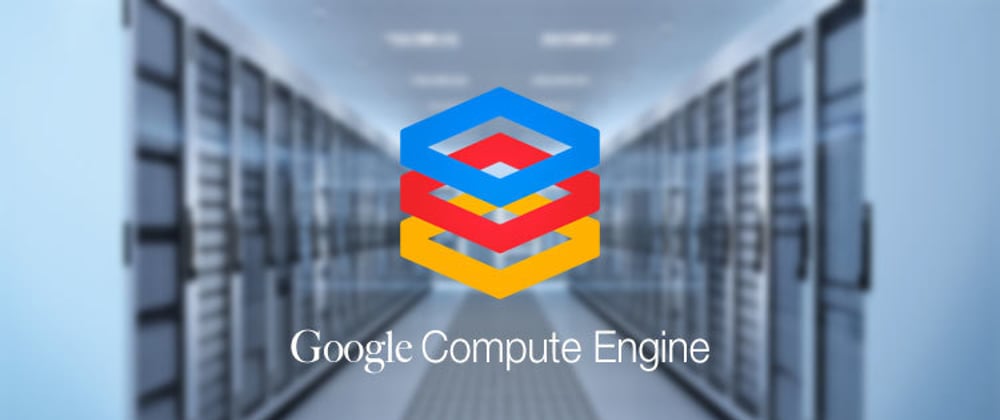In running workloads on physical hardware, several components are required to allow the success of this operation but the most relevant is the Google Compute Engine popularly referred to as GCE. In clear terms, it is defined as an infrastructure as a service platform that gives clients and engineers the ability to process workloads on Google’s physical hardware and has the ability to function as clusters. It is managed by several means but the most preferred is the RESTful API and it is advisable to be conversant with the API building so as to avoid hassles when working with this computing service (GCE). Other managing processes used in GCE includes the command line interface or console provided on the platform.
In compute engine options; the virtual machine (VM) instances needed networking functionality which is provided by the Virtual Private Cloud (VPC). The Virtual Private Cloud (VPC) is just a service in the cloud space used to create network functionality to other services like the App engine and even the Google Kubernetes Engine (GKE) clusters. Also, Kubernetes can be used in compute engine to run some container functions especially in cases of lift-and-shift migration solutions scenarios - but if you want your data running in containers while google handles the rest then use app engine and in the case of code, then cloud functions will do a better job due to the serverless compatibility as well satisfying business logic.
The most obvious advantages of using the compute engine and corresponding products include value increment from applications - lesser pay and better outputs, global scaling of products, migration for virtual machines and the last one which is the very reason for the platform is the ability to easily integrate the service. In migrating to the compute engine, the task could be done in minutes without rewriting the applications, working on images or switching the processes for management in the cloud. But in all these, migrations require that the cloud engineer does the following to be guided through the processes.
-Set up the environment
-Migrate from a previous platform (AWS, Azure or any other cloud
host)
-Migrate in batches using runbooks and jobs
-Testing of migration done in the previous step
-Virtual machines upgrading
-Monitoring
-Automating
Each of the steps stated above has to be thoroughly done based on the demand of the business organization but the application can keep running as long as the migration is done in real-time as it has no adverse effects on the application.
In concluding the overview of Compute engine, it is necessary to understand the requirements needed to go on with compute engine migrations. Some metrics used to set up the requirements include
-Bandwidth - Min between the source environment and nodes should
be the larger of 20Mbit/sec symmetric but long term it depends on
the virtual machines running in the cloud.
-Operating system
-Network connectivity and
-Permissions of the previous cloud host.
Some other details, qwiklabs and processes can be gotten via link https://cloud.google.com/compute







Top comments (0)